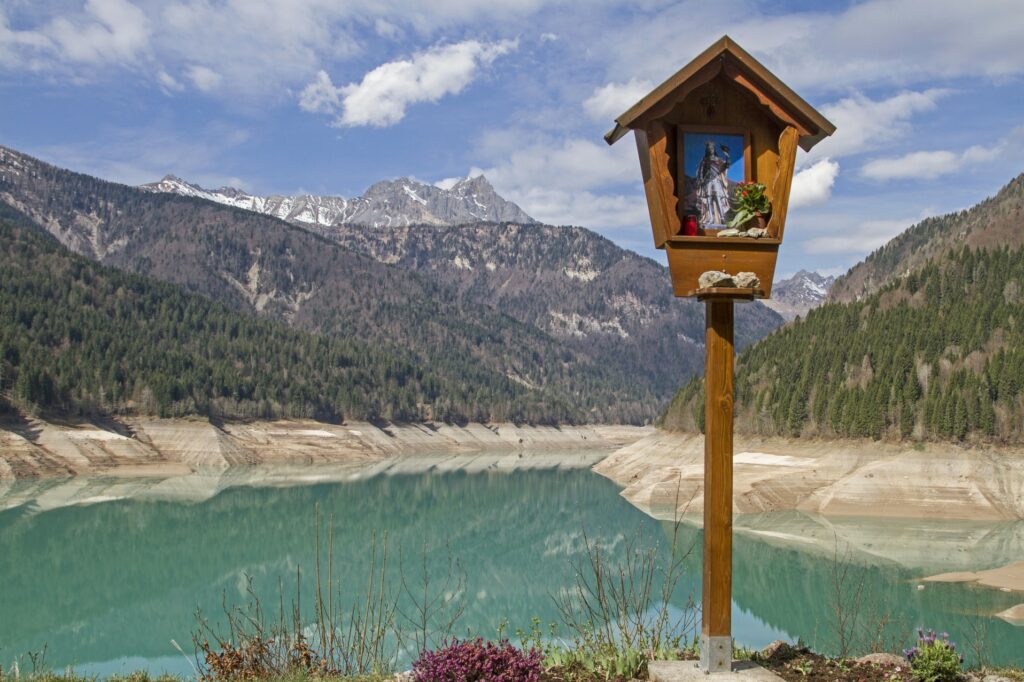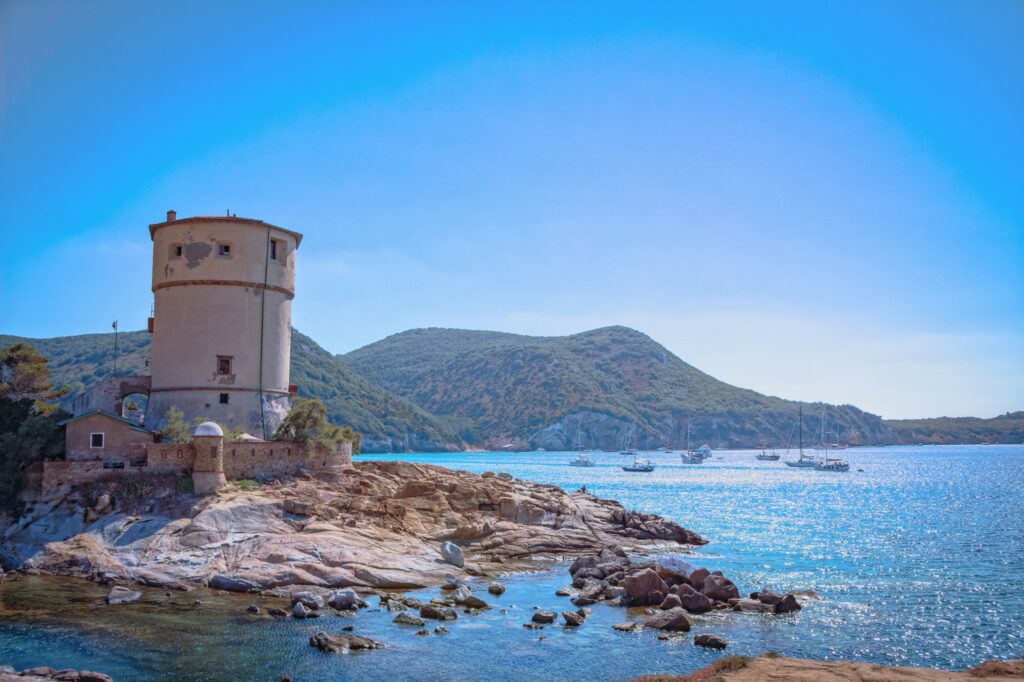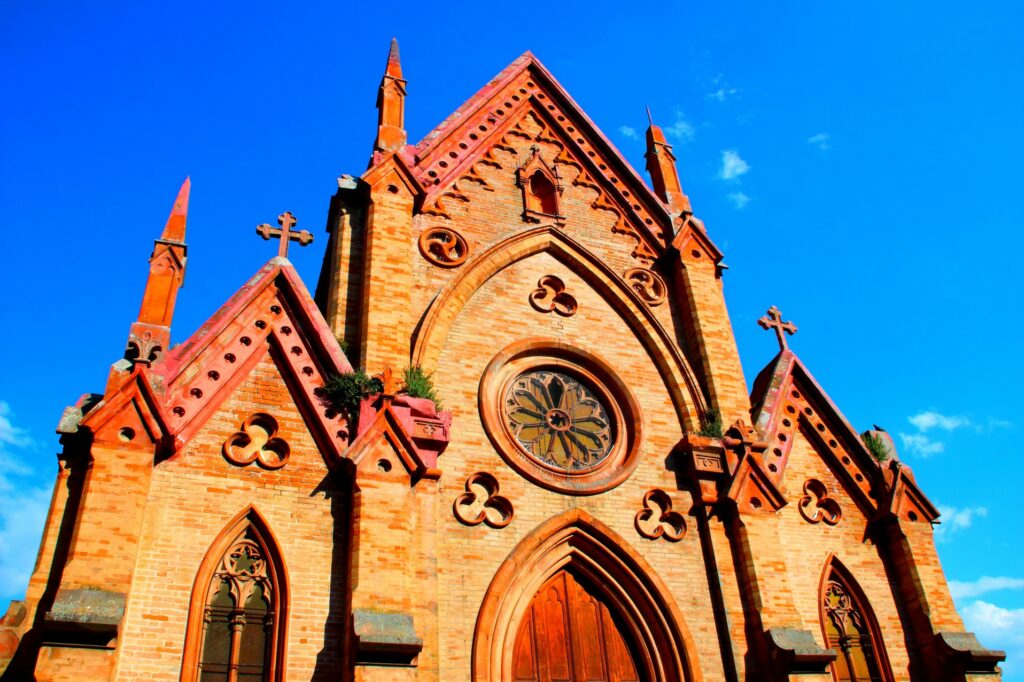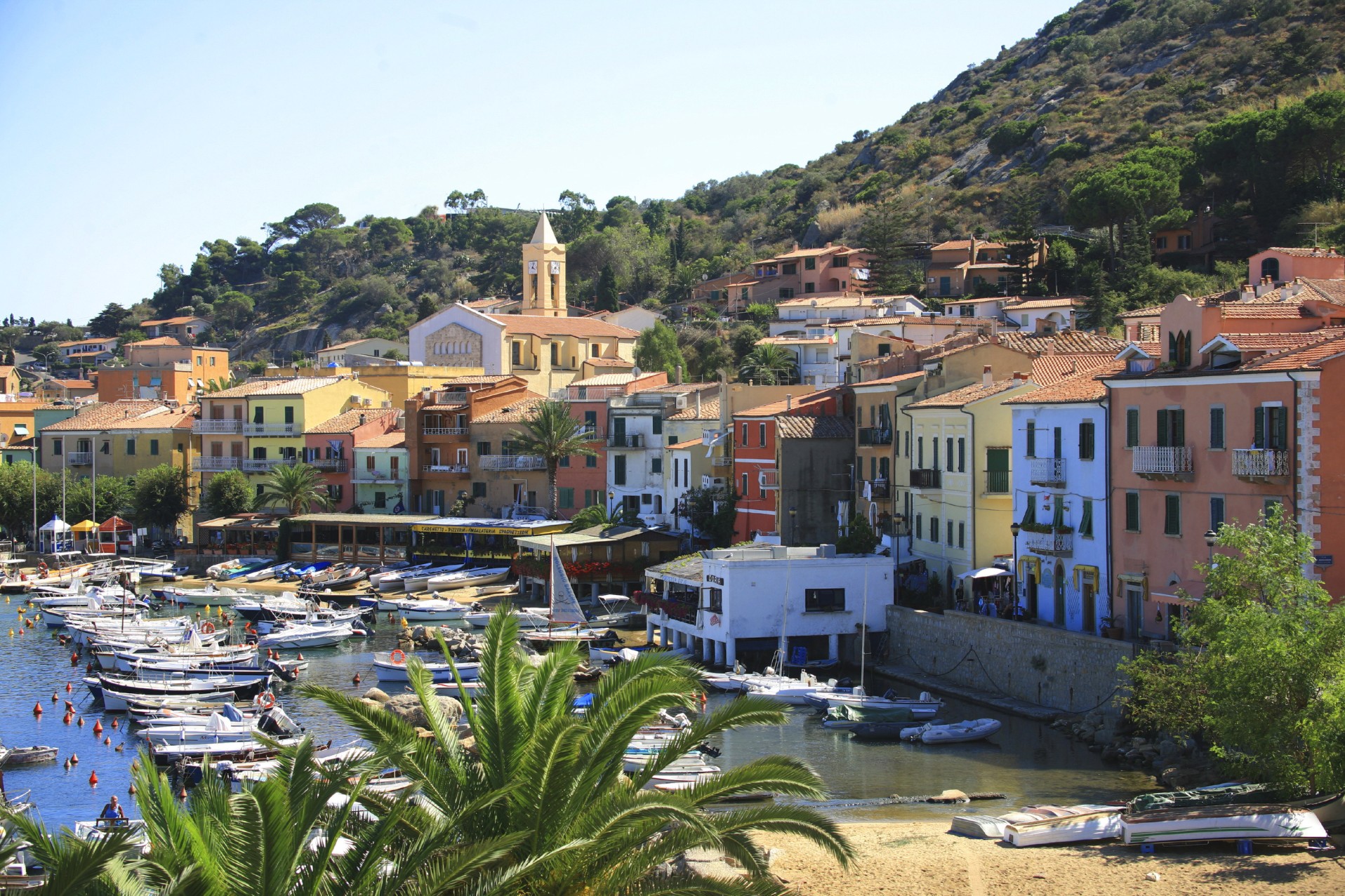It seems an established trend, especially after the pandemic: the more we progress from a scientific and technological point of view, the more we yearn for living simply. We all read about young up-and-coming professionals leaving the city during the pandemic and relocating – laptop and the opportunity to work from home in hand – somewhere beautiful and rural.
Going back to one’s roots and living as your grandparents did – but with a high-speed internet connection, of course.
And then, there is our renewed wish – alas, better say necessity – to protect and care for the environment, which made us all more aware of the importance of sustainability, and led us to develop a “greener” conscience: in this case again, the idea of getting closer to nature and embracing a way of life more in tune with its rhythms has become the objective of many.
In the past couple of years, the United Nations World Tourism Organization (UNWTO) has compiled a list of villages around the world where a perfect mix of rurality, tradition, and innovation meet to demonstrate that – yes! – we can value the past and keep it alive while enjoying the best the modern age can give us. The initiative, known as Best Tourism Villages, supports UNWTO’s main goal, the promotion of responsible and sustainable tourism in every corner of the world.
To become part of the UNWTO list, villages must be able to bring together the effort to maintain their cultural and culinary heritage alive with a clear commitment to innovation and sustainability: feet well rooted in a solid past, but eyes set towards the future. The interesting thing for us is that, as presented on the official website of Italian tourism, www.italia.it, some of our prettiest hamlets made it into the list. It all started in 2021 with San Ginesio, a village of about 4,000 in the Macerata province of Marche. It continued in 2022 with Sauris-Zahre, a charming village on the Friuli Venezia-Giulia Alps with a population of only 421, and Giglio Island, a pearl of the Tuscan Archipelago, perhaps the most well-known of the three, located off the coast of the Grosseto province in Tuscany.
Let us start from the North and the beautiful hamlet of Sauris-Zahre. This small village lies peacefully at almost 4,000 ft on the Friulan Dolomites; it is a German-speaking settlement, somehow difficult to reach from the valley and, for this reason, it remained largely unchanged for centuries. Strolling among its stone and wood homes is magical and timeless for sure, especially if you happen to be there during Carnevale, the celebration of which is one of the best established local traditions. Sauris-Zahre is also known for its enogastronomic heritage, which includes internationally-known productions of ham, alpine cheeses, and craft beers. Tradition and natural beauty are cherished here, but what about innovation? Well, Sauris-Zahre has been one of the first places to embrace, back in the 1980s, the concept of albergo diffuso, “diffuse hotel,” where the village itself becomes your hotel, local restaurants and cafés your dining area, and stores selling traditional products and crafted goods a very special hotel boutique.

Let us move south and west, towards Tuscany, and take a ferry to the quaint Isola del Giglio, Giglio Island. It is one of the islands forming the Tuscan Archipelago, which is the largest marine park in Europe. Because of the perfect balance reached between tourism and environmental awareness and protection, Giglio Island has been long considered an example to follow when it comes to safeguarding nature while benefiting from the perks of tourism, too. The island attracts a variety of people, from those interested in scuba diving to history buffs, thanks to its rich archaeological and cultural connections with both the Etruscans and the Romans. Giglio Island managed to remain, just like Sauris-Zahre, faithful to its roots and respectful of the environment that made it such a beloved spot.

Last but not certainly least is the first Italian village to be selected by the UNWTO, San Ginesio, in the Marche, also known as the balcone dei Monti Sibillini, or the Sybilline Mountains’ balcony, because of its spectacularly scenic location. But that’s not the only nickname San Ginesio gained throughout the years: it is also called the città delle 100 chiese, “the town of 100 churches,” because of the wealth of its artistic and architectural patrimony. San Ginesio is strategically located near one of the most impressive natural parks in the country, the Parco Nazionale dei Monti Sibillini, known as one of the most innovative protected areas when it comes to sustainability.

This beautiful village is also very lively from a cultural point of view, with its Festival di Musica Antica and a fair dedicated to the art of acting. Indeed, because of its deep connection with the arts and with creativity, San Ginesio became a UNESCO Creative City in 2004. Unfortunately, it was harshly hit by the 2016 earthquake, the same one that destroyed Amatrice, but that was, in way, the starting point for further improvement, so much so that today San Ginesio is a key stop for all slow tourism lovers visiting these parts of Italy.





























